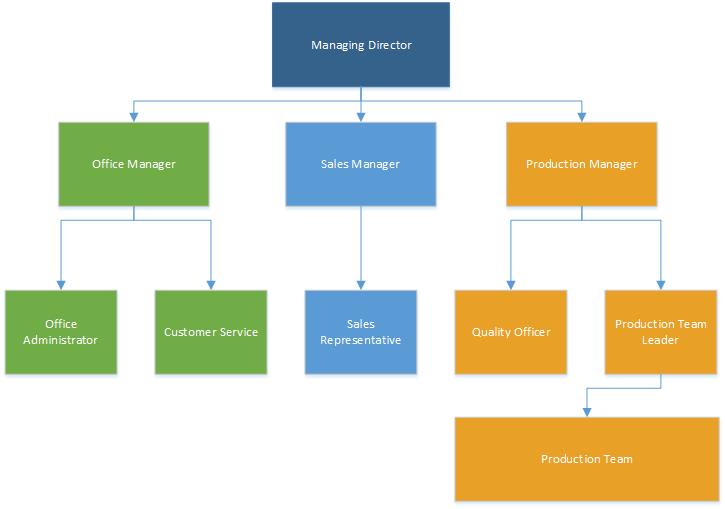Table of Contents
Article Details
Employees are the heart and soul of any good business, and having the right people in place to carry out key roles and responsibilities is a crucial part of tendering for different opportunities.
Recent case study
In recent months, M & J Ballantyne Ltd was found by Scotland’s Traffic Commissioner to be making false claims about their workforce. The company was required by law to have an active transport manager to oversee the operation of heavy goods vehicles, and they falsely confirmed there was an employee in place to fulfil this role. As a result, the company has had its licence curtailed for several months.
This incident demonstrates the importance of having the right personnel in place to comply with statutory and contractual obligations. As a bid writing firm, ensuring that our clients have adequate resources to deliver the required works is an important part of the ‘bid ready’ process. As an example, our clients are often advised not to have senior managers or directors acting as cover for absent operational managers or heads, as this may compromise their ability to carry out their own responsibilities.
Evidencing your staffing structure
Once you are confident that you have sufficient staffing structures in place, the next step is to clearly evidence this in a way that convinces the contracting authority. Almost all bids and tenders will include at least one question related to staffing, or management structures, and the majority of submissions will provide an opportunity to attach or include an organisational chart within your response. This provides a perfect opportunity to portray subject matter experts within your workforce, to strengthen your bid and drive up those win rates.
Organisational Charts
Organisational charts are an excellent resource which can be used to demonstrate clearly how your business is set up, and its lines of responsibility and communication. Representing your staffing structure in a visual way in your bid response immediately shows the contracting authority that there are real, named people available to carry out each of the key roles required. It also helps to establish the size and scope of your workforce, including a breakdown of the number of employees that will be directly involved in servicing the contract. Therefore, the benefits of attaching an organisational chart wherever there is capacity to do so should not be underestimated and is a staple of a good bid.
Organisational charts should demonstrate clear lines of accountability, with details of oversight, and employees with ultimate responsibility for different aspects of the business. A clear layout is important for clarity, perhaps with colour coding for different teams, as this will help the assessor to visualise the different levels of authority. For example, one of the offshoots within the diagram may include the health and safety manager (HSM) at the top of the hierarchy, with overall authority for health and safety, with the on-site supervisors underneath, reporting directly to them, and finally the operatives.

A more complex diagram may even include photographs, and a list of key duties and qualifications, for each team member. However, it is important not to overcomplicate your organisational chart, as this would put you at risk of confusing the buyer. Supplementary narrative responses can sometimes be included to expand on the basic information in your flowchart. Within these responses, it is important to include an explanation of how your workforce is qualified and competent, why your workforce is structured in this way and what are the dynamics of your staffing structure. This may also lead onto key stakeholders and responses surrounding this topic area.
Including evidence that you have the human resources needed to deliver the contract could ultimately be the difference between a successful and an unsuccessful tender submission. Organisational charts help to illustrate business culture, competencies, the flow of authority, communication and responsibilities, and are a crucial insertion when bidding for contracts.
As well as evidencing your organisations staffing structure, also ensure you have the correct bid writing team structure for compiling your bid and tender submissions. This should include your subject matter experts, a skilled bid writer and someone to review your bid as part of the overall proposal team. Lack of a dedicated bid team is a real weakness, as it is likely your competitors will have this resource and creating a good bid is the key to winning the contract.
For additional support in writing a bid, contact our team of bid writing professionals today to discuss how we can help your organisation.